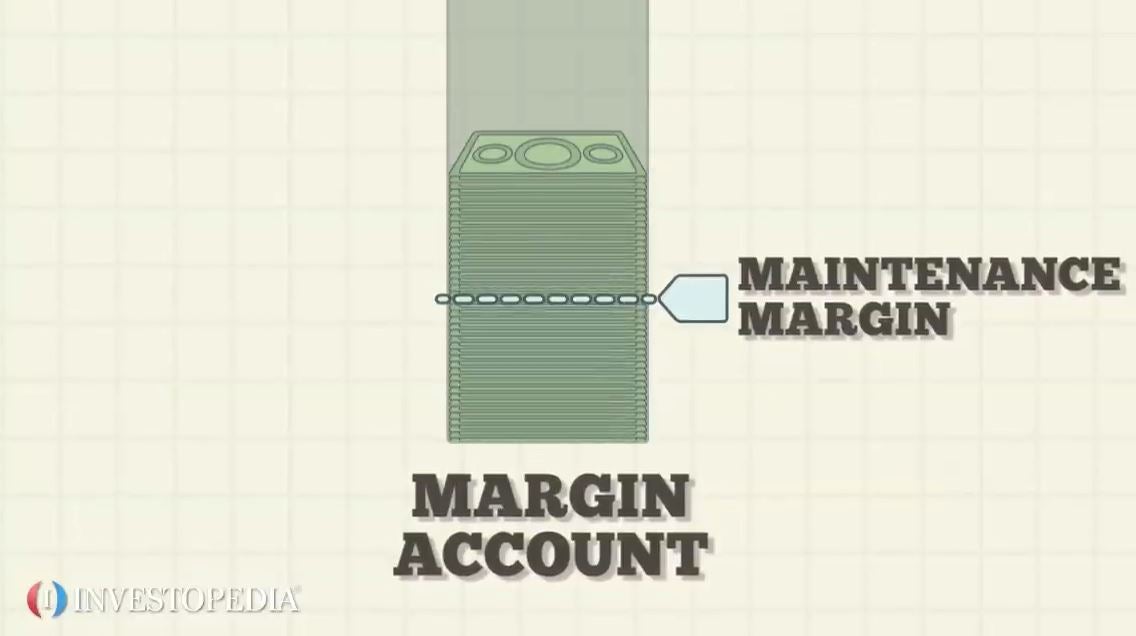Buying stocks on the margin means
Margi n means buying securities, such as stocks, by using funds you borrow from your broker. Buying stock on margin is similar to buying a house with a mortgage. Buying on margin is an example of using leverage to maximize your gain when prices rise. Leverag e is simply using borrowed money to increase your profit.
This type of leverage is great in a favorable bull market, but it works against you in an unfavorable bear market. Because you owe more than you own, it is negative net worth. Leverage is a double-edged sword. Suppose that you think that the stock for the company Mergatroid, Inc.

What can you do? If you do that, what are the potential outcomes?
Margin
This is the best outcome for you. Using margin, you will double the return on your money.
Leverage, when used properly, is very profitable. However, it is still debt, so understand that you must pay it off eventually.
3 Gold Stocks Worth Buying in -- The Motley Fool
If the stock goes nowhere, you still have to pay interest on that margin loan. If the stock pays dividends, this money can defray some of the cost of the margin loan.
In other words, dividends can help you pay off what you borrow from the broker. Having the stock neither rise nor fall may seem like a neutral situation, but you pay interest on your margin loan with each passing day. For this reason, margin trading can be a good consideration for conservative investors if the stock pays a high dividend. If the stock price goes down, buying on margin can work against you.

If it goes any lower, you may get the dreaded margin call, when the broker actually contacts you to ask you to restore the ratio between the margin loan and the value of the securities. When you purchase stock on margin, you must maintain a balanced ratio of margin debt to equity of at least 50 percent.
Buying Stock on Margin - dummies
Expect to get a call from your broker to put more securities or cash into the account to restore the 50 percent balance. For you, it means realizing a capital loss — you lost money on your investment.
The Federal Reserve Board governs margin requirements for brokers with Regulation T. Regulation T dictates the minimum percentage that margin should be set at. For most listed stocks, it is 50 percent. Margin, as you can see, can escalate your profits on the up side but magnify your losses on the down side. If your stock plummets drastically, you can end up with a margin loan that exceeds the market value of the stock you used the loan to purchase.
If you buy stock on margin, use a disciplined approach. Be extra careful when using leverage, such as a margin loan, because it can backfire. Keep the following points in mind:. Have ample reserves of cash or marginable securities in your account. Try to keep the margin ratio at 40 percent or less to minimize the chance of a margin call. Some people buy income stocks that have dividend yields that exceed the margin interest rate, meaning that the stock ends up paying for its own margin loan.
Just remember those stop orders. Constantly monitor your stocks. If the market turns against you, the result will be especially painful if you use margin.

Have a payback plan for your margin debt. Your ultimate goal is to make money, and paying interest eats into your profits.
Toggle navigation Search Submit. Learn Art Center Crafts Education Languages Photography Test Prep. Trading For Dummies Cheat Sheet. Trading Websites to Check Out. How to Use Fundamental and Technical Analysis in Trading. How to Develop Your Own Trading System. Buying Stock on Margin.